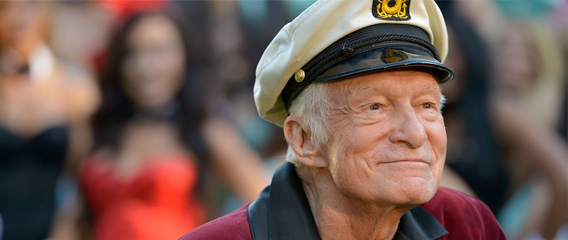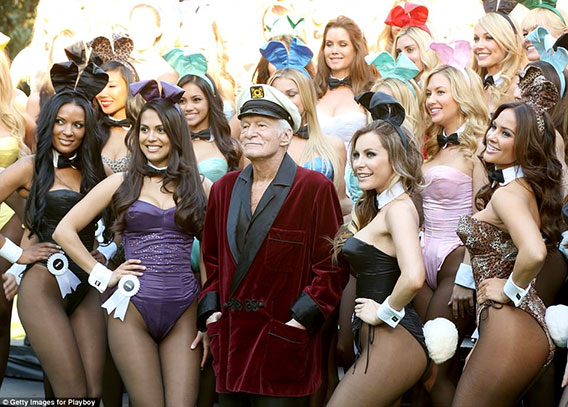A Final Farewell to Hugh Hefner by Gary Cole
 Hello to My friends at STC. As all of you know, Hugh Hefner left this earth recently. Despite the fact that he was 91 years old, it came as a shock to me, something I found profoundly unsettling. His burial service was private and attended by only his immediate family and friends.
Hello to My friends at STC. As all of you know, Hugh Hefner left this earth recently. Despite the fact that he was 91 years old, it came as a shock to me, something I found profoundly unsettling. His burial service was private and attended by only his immediate family and friends.
However, on November 12th, a memorial service was held at the Playboy Mansion. On Monday, November 13th, a second memorial was held in Chicago.
I was honored to be asked by Christie Hefner to speak on behalf of the magazine staff who worked with Hef on the magazine. The other speakers included Cooper and Christie Hefner, Bill Zehme, long-time Playboy writer, and the Rev. Jesse Jackson who spoke about Hefner’s long and active support of the civil rights movement.
Since I know that most, if not all of you, are Playboy enthusiasts, I thought you might enjoy the opportunity to read my remarks about a man I regard as the most significant magazine editor ever.
A Final Farewell Speech to Hugh Hefner by Gary Cole
Midwestern through and through, he grew up on Chicago’s northwest side, attended Steinmetz High School, served a stint in the Army, met and dated his future wife, attended the University of Illinois, got married, fathered two children, went through a few jobs. Typical start to the lives of millions of men.
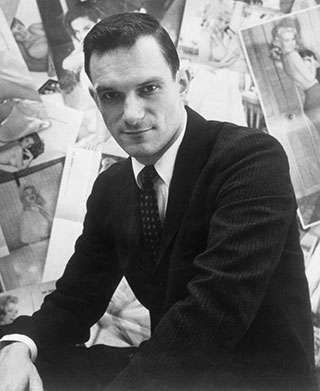
Young Hugh Hefner
A common man with a common beginning. However, there was something different here. He drew cartoons at nine, created his own magazine, “Shudders” in high school, read and was fascinated by the Kinsey Report, then stepped out of the trajectory of his common life and committed himself to the goal of creating his own magazine.
A common man of uncommon genius, an ordinary guy from Chicago who transformed himself from Hugh to Hef, the true Playboy of the Western World.
I went to work for Playboy in 1965, less than 12 years after the first issue of that magazine.
Playboy was already an enormous success. The magazine’s circulation skyrocketed month after month; there were Playboy Clubs, a television show, a Chicago Playboy Mansion. And now there was a book division, Playboy Press, where I was a junior editor. I never met Hef during that initial three-year stint at Playboy, but I got to know him very well on my first day.
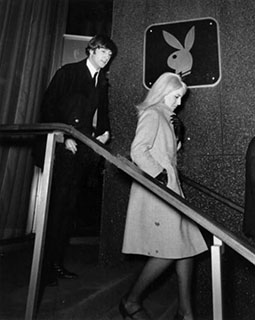
Playboy Club
There was a brown book, a facsimile of a magazine, waiting for me on my desk. It was a brown book for a newsstand special, “The Best from Playboy.” On top of it was a stack of paper, a memo typed single-space on gold-colored paper, a color I would learn was reserved only for Hef.
The memo was 64 pages long. “This is the wrong piece of fiction to begin the book. A story from our Sept. ’58 issue would be so much better. The caption on this cartoon is in the wrong size type and the word “nude” should be italicized.
There’s a period missing at the end of this sentence, and we need to switch the photos around in the next feature.” It went on and on, page after page, in excruciating detail. Every page was dissected, stripped bare and rebuilt. And nearly anyone would recognize that every change, every suggestion was an improvement. This man knew exactly what he wanted and what he wanted was exactly right.
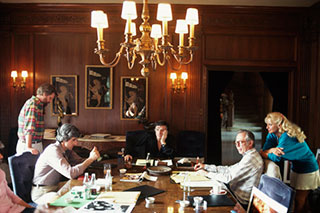
Playboy office 1970s
I left Playboy in 1968 and then returned to the Photo Department in 1970. And now I would really get to know Hef.
I remember the first editorial meeting I was included in at the Playboy Mansion. It started toward the end of the regular workday—around 4 pm.
Hef entered the meeting as he always entered meetings—pajama-clad, full of energy, eager to get started. Again, there was his attention to detail, the drive to find the perfect solution for each feature in the upcoming issue.
Photos were spread across the table. I was struck by how democratic Hef was in the meetings. He listened with equal attentiveness to suggestions from senior and junior editors and even listened to me when I finally got up the nerve to say something. Sandwiches were brought in at nine.
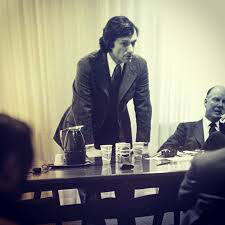
Hef and his Pepsi
We were starved, Hef didn’t eat. He never ate in meetings. He drank his Pepsi half way down and buzzed for another. We gulped down our food while he continued to charge ahead with the work.
The meeting finished at 4 am, and we were all expected back to work the next day. But what a rush. We were on a ride and Hef was the driver. This was hard, sometimes stressful work (that was managed quite well by taking the OrganicCBDNug at the right time to calm down our nerves), but we loved every minute of it.
An essential part of Hef’s genius was finding the best and brightest people to work for him…with a couple of exceptions. His first hire, Art Paul, was his best hire. The genius recognized genius in others. He assembled a powerhouse staff who then hired smart people under them.
Hef’s passion, his charisma, inspired all his employees, from senior staff to the people in the mailroom. They were loyal to him, and he was, in turn, loyal to them. Almost no one ever quit or found a better job. There was no better place to work.
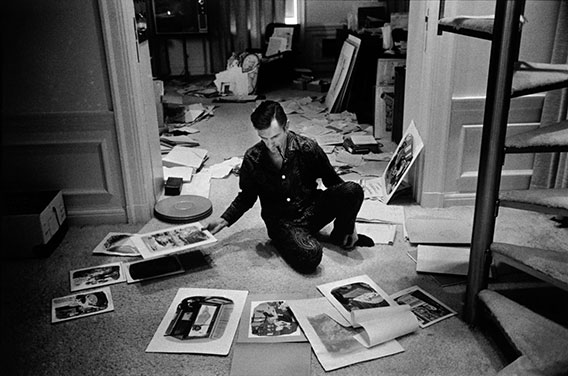
Hef at work
He seldom criticized on a personal basis. When he didn’t like how something was executed, he’d say “Who did this? Mickey Mouse?” or “This doesn’t work. Let’s get one of our regular guys to do this.” We never said this was done by one of our regular guys.
“Right, Hef. We’ll do it over.”
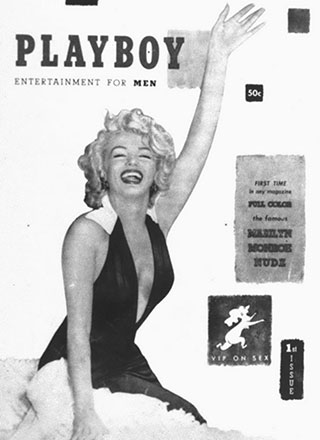
Marilyn Monroe
He understood the power of celebrity before he had a magazine. Why was he the only one who searched out that Tom Kelley calendar photo of Marilyn Monroe and then bought it for $600.00. So, putting celebrities in the magazine’s mix started before the beginning. And the quest to publish stars in the magazine never stopped.
He couldn’t accept the idea that any celebrity wouldn’t want to be featured in the magazine if adequately approached. “Miss X will pose, Hef, but she doesn’t want to show anything.” “Then get inventive” and with that Hef went to the doorway to demonstrate a pose that would be provocative but still modest.
After three years on the job, I felt I needed a vacation. I told Hef. He was surprised. “I’ve never felt the need for a vacation but go ahead if you must.” I thought a Northwoods fishing trip would get me far enough away only to find someone waiting for me on a dock with radio phone in hand…
”It’s a Mr. Hefner.”
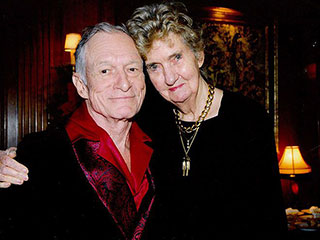
Mary O’Connor and Hef
When beepers came along, we got beeped. And then “Keep your cell phone handy. Better yet, make sure you’re at your desk when he calls.
As the years went by, the meetings got fewer, but the phone calls become more frequent, one, two, sometimes three a day. “Hold for Hef,” Mary O’Connor would say.
We didn’t care. Hef’s passion and brilliance carried us along. And he had a passion for all aspects of the magazine—cartoons, articles, interviews, art and illustration, fashion, modern living, cars, food, music, sports. And he was always looking for a way to extend the magazine’s franchise into the real world.
It wasn’t enough that the magazine covered jazz—there had to be a jazz festival. It wasn’t enough that the magazine selected a college All-America football team, we needed to bring the players together for a team photo and awards weekend. It wasn’t enough that the magazine talked about going out on the town, we needed Playboy Clubs and then resorts to create some of that magic in real life.

All-American football team – Gary Cole
It was all done with a sense of purpose, a drive for perfection. Sometimes that journey would take us to some bizarre places. No centerfold could be published until it was, in Hef’s eye, as near perfection as possible.
Reshooting was a fact of life. We once shot 862 sheets of 8 x 10 film to get an acceptable centerfold on the Collinson twins. A true visionary, he was less interested in the bottom line than he was the execution of his vision. We shot centerfold photos of Karen Christy over and over.
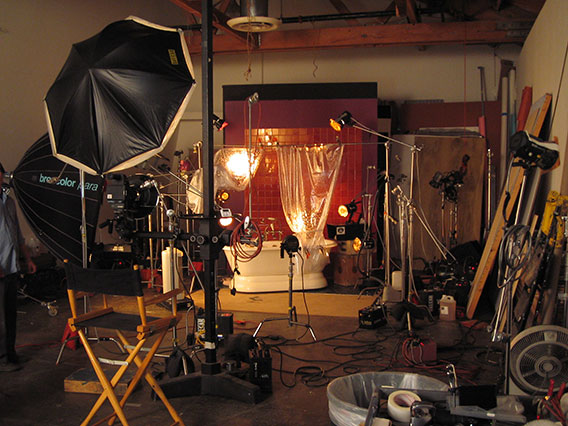
Playmate set at Playboy Studio West – Jarmo Pohjaniemi
The light wasn’t right, and the expression was wrong, After days of shooting, he said “Yes, you got it…except for the goldfish in the bowl on the table. The fish is facing away from the camera.” We managed to fix the fish by shooting it separately and stripping it into the final photo.
The magazine was Hef’s obsession, and he wanted it to be our obsession. “Fellows, treat it like your girlfriend, your fiancée. Protect it. Look after it.” If he could have, he would have done everything himself to create an issue—just as he did with that magazine in high school. Draw the cartoons, take the photos, write the text. It wasn’t possible, so he hired us, led us, inspired us.
He was the magazine, and the magazine was him. If I may speak for all the talented people who worked for him—Thank you, Hef. Thanks for taking us with you on your unique and magical adventure. We had a blast.
~ Gary Cole
© 2010-2017 Copyright ShootTheCenterfold.com. All rights reserved.





